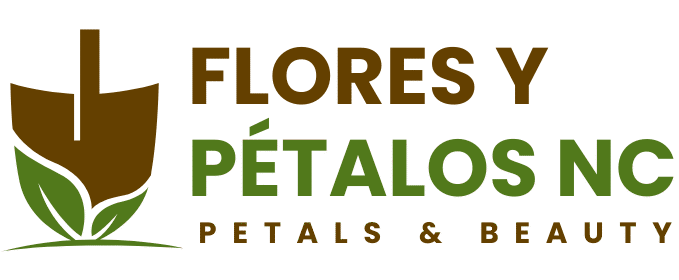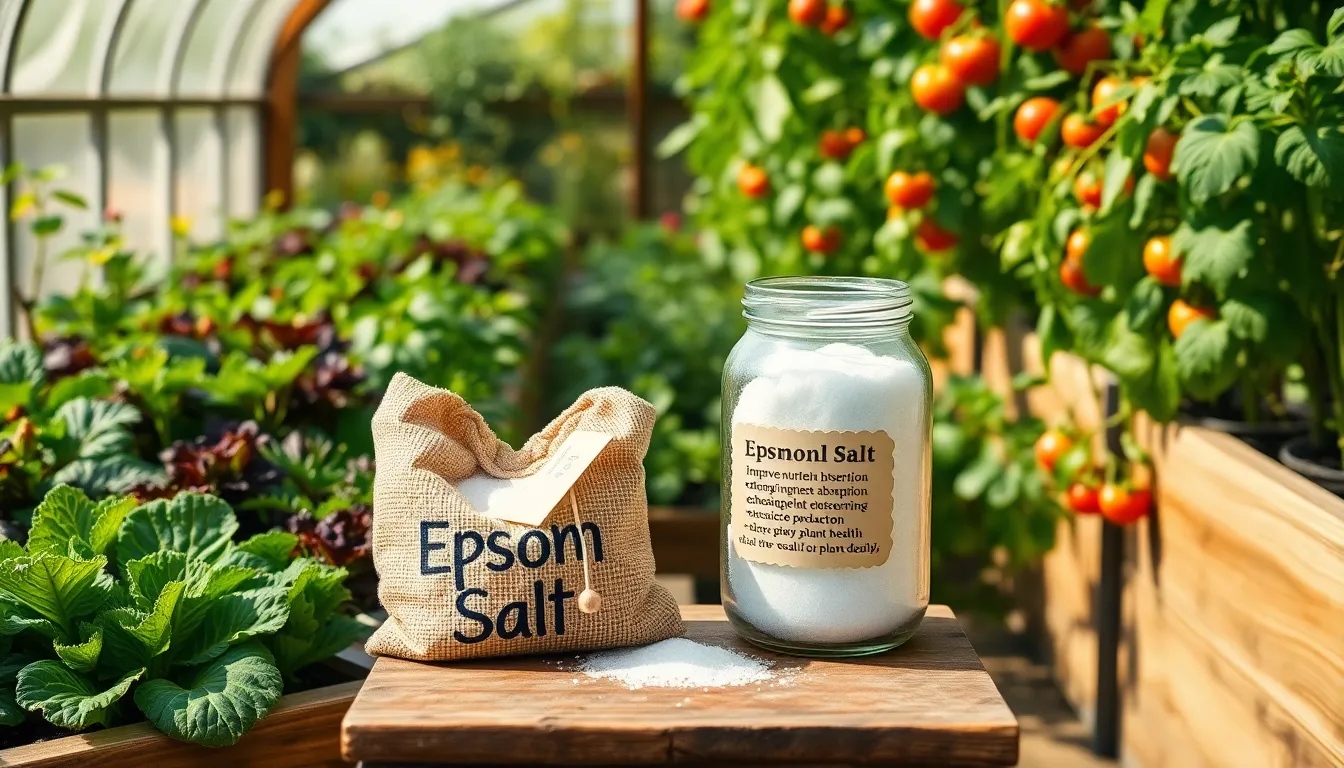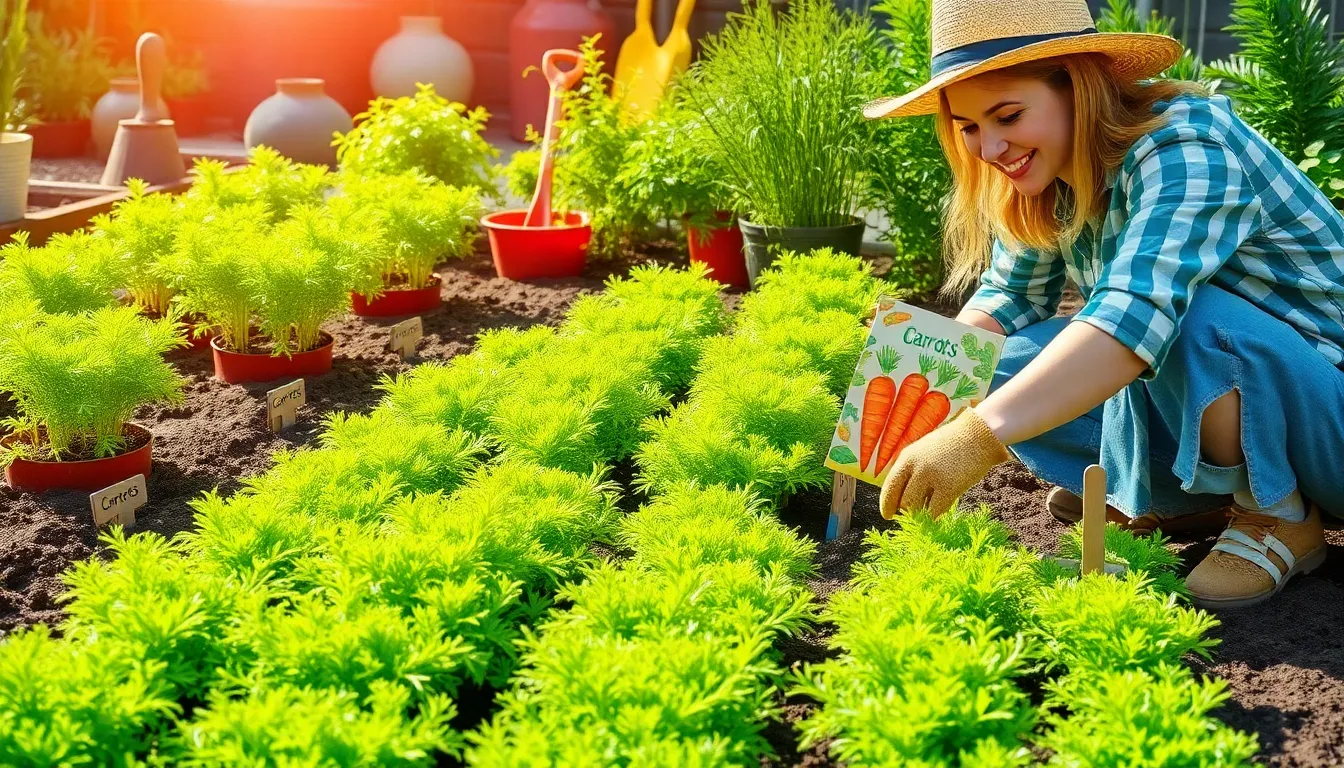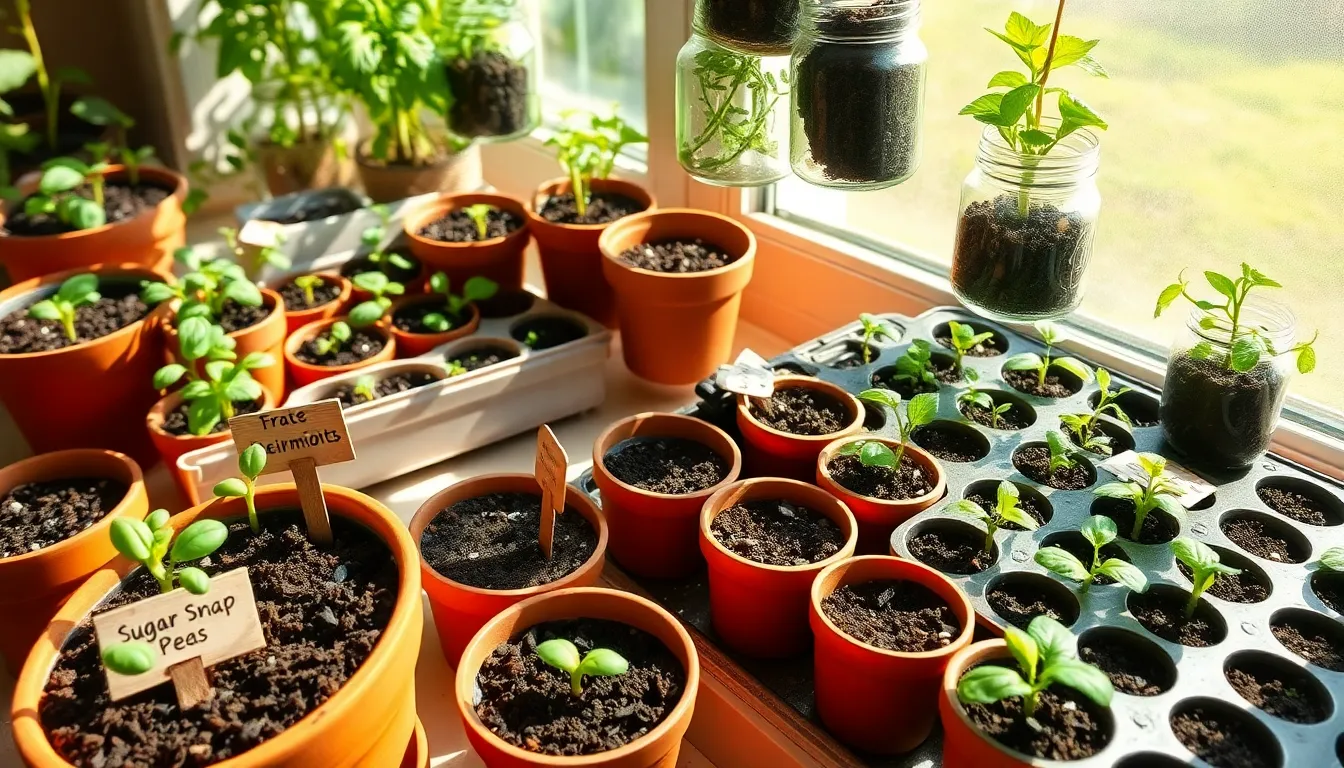Gardening holds a special charm, inviting both novices and seasoned green thumbs to nurture life from the soil. It’s a realm where even the most humble ingredient, like Epsom salt, can transform your garden into a thriving oasis. If you’ve ever wondered about the secret ingredient that could elevate your gardening game, look no further. Epsom salt, with its magnesium-rich composition, has been a trusted ally for many gardeners seeking to enhance plant health and vigor.
For those just dipping their toes into the gardening world, understanding when and how to use Epsom salt can seem like a hidden art. Fear not, as we’ll unravel its mysteries, guiding you through the best practices for incorporating this mineral marvel into your gardening routine. Experienced gardeners, too, can discover new insights and techniques, refining their approach to harness the full potential of their flora. Together, we’ll explore the specific scenarios that call for Epsom salt’s magic touch and how it can solve common gardening challenges.
Throughout this article, you’ll learn how Epsom salt can address nutrient deficiencies, enhance seed germination, and improve the overall health of your garden. We’ll delve into practical tips tailored for both potted plants and lush garden beds, ensuring you have all the tools you need to succeed. Whether you’re looking to boost your tomato yield or give your roses a radiant glow, this guide will empower you with actionable knowledge. With Epsom salt in your gardening toolkit, you’ll be ready to nurture your garden with confidence and care.
Understanding Epsom Salt Benefits
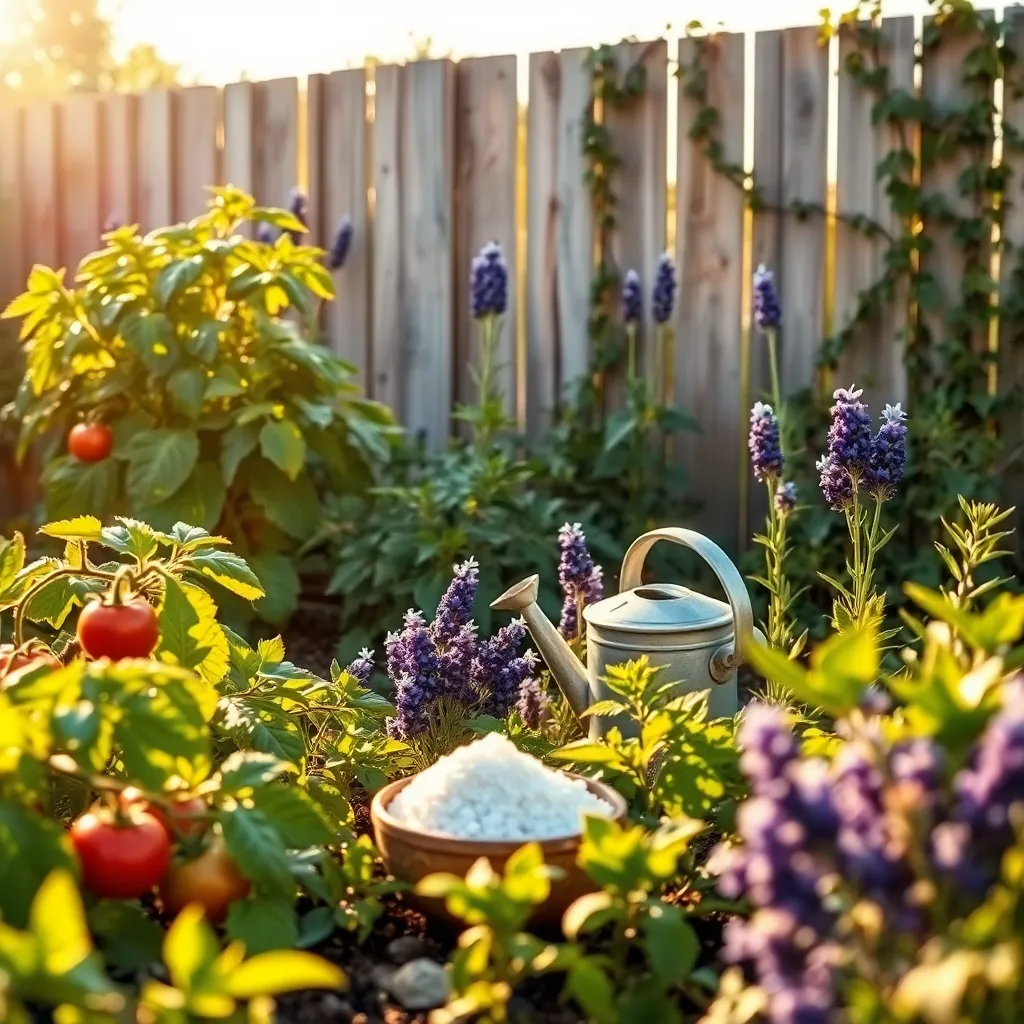
Incorporating Epsom salt into your gardening routine can offer several benefits due to its magnesium sulfate content. Magnesium is essential for plant growth as it helps with photosynthesis and improves nutrient uptake.
Adding Epsom salt to your soil can enhance the greenness and overall health of your plants. For best results, dissolve Epsom salt in water—about 1 tablespoon per gallon—and apply it as a foliar spray every two weeks during the growing season.
Beginners should start by using Epsom salt on magnesium-hungry plants like tomatoes, peppers, and roses. More experienced gardeners might explore using it in compost tea or as a soil amendment in sandy or acidic soils where magnesium levels are often low.
To ensure effectiveness, always test your soil first to confirm magnesium deficiency before adding Epsom salt. Over-application can lead to nutrient imbalances, so it’s crucial to follow recommended dosages and observe your plants for any adverse reactions.
Identifying Plant Nutrient Deficiencies
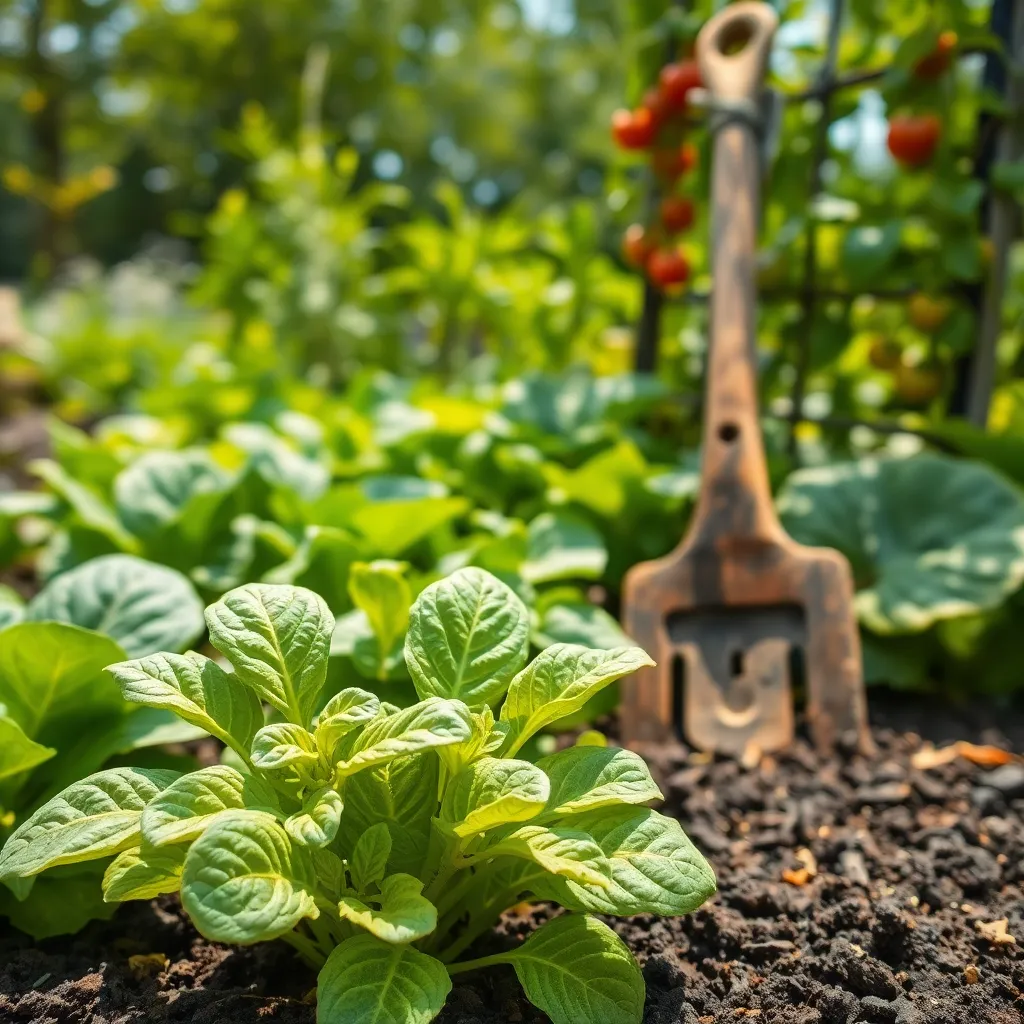
Recognizing plant nutrient deficiencies is crucial for maintaining a healthy garden. Understanding the signs of deficiencies can help you address issues before they become severe, ensuring your plants thrive.
Leaves that turn yellow are often a sign of nitrogen deficiency, which is common in many garden soils. To remedy this, consider applying a nitrogen-rich fertilizer or compost to your soil, ensuring you follow recommended application rates.
When leaves exhibit a purple hue, it may indicate a phosphorus deficiency. This can be addressed by adding bone meal or other phosphorus-rich fertilizers, and ensuring your soil pH is between 6.0 and 7.0, as phosphorus uptake is optimal in this range.
For gardeners with advanced knowledge, using a soil test kit can provide precise insights into nutrient levels. This allows for targeted supplementation, preventing over-fertilization and maintaining a balanced nutrient profile.
Timing Epsom Salt Applications
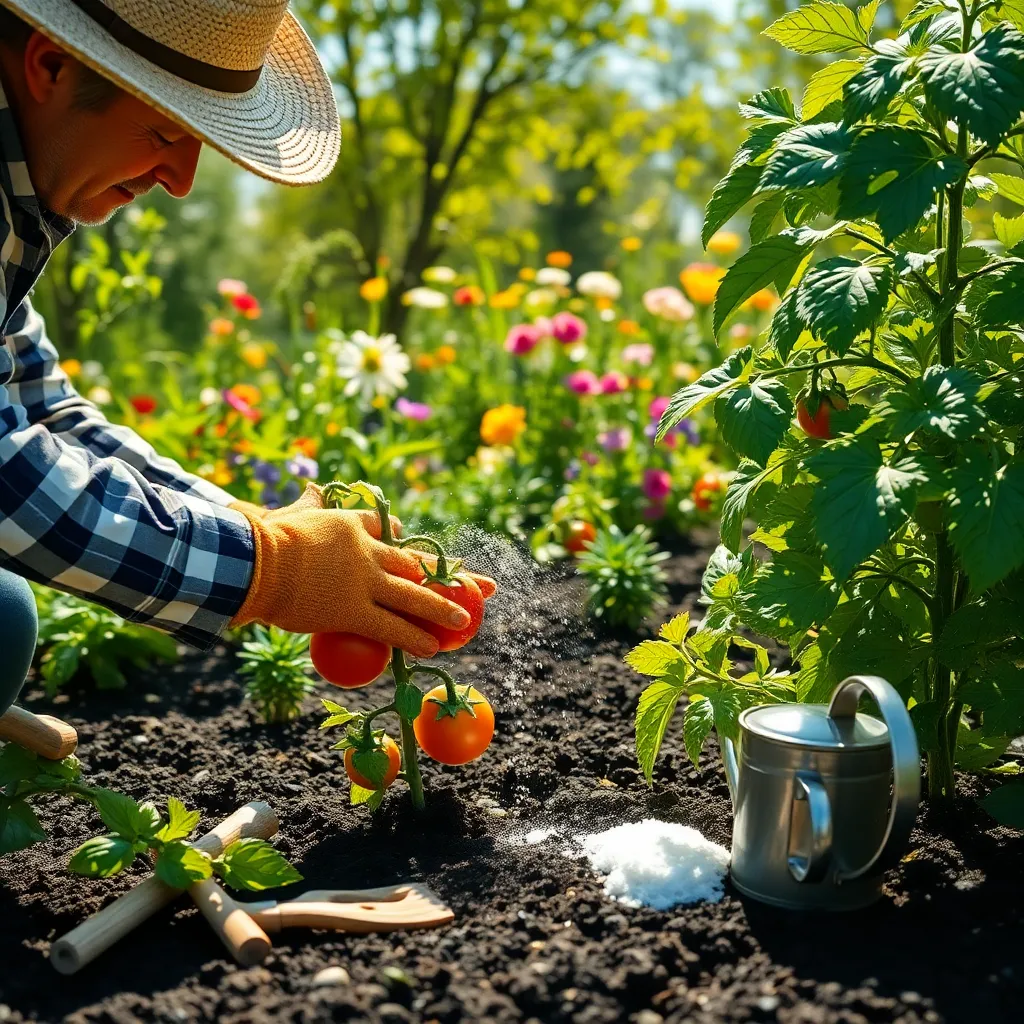
Timing your Epsom salt applications is crucial for optimal plant health. Typically, it’s best to apply Epsom salt at the beginning of the growing season to boost magnesium levels when plants need them most.
For best results, mix 1 tablespoon of Epsom salt with a gallon of water and apply it once a month. This solution can be used as a foliar spray, allowing plants to absorb nutrients quickly through their leaves.
Consider applying Epsom salt when planting seeds or transplanting seedlings. Adding a small amount to the planting hole helps reduce transplant shock and enhances root development.
Advanced gardeners might schedule Epsom salt applications based on plant growth stages. For instance, tomatoes and peppers benefit from additional applications during flowering and fruiting phases to promote bountiful yields.
Application Techniques for Optimal Results
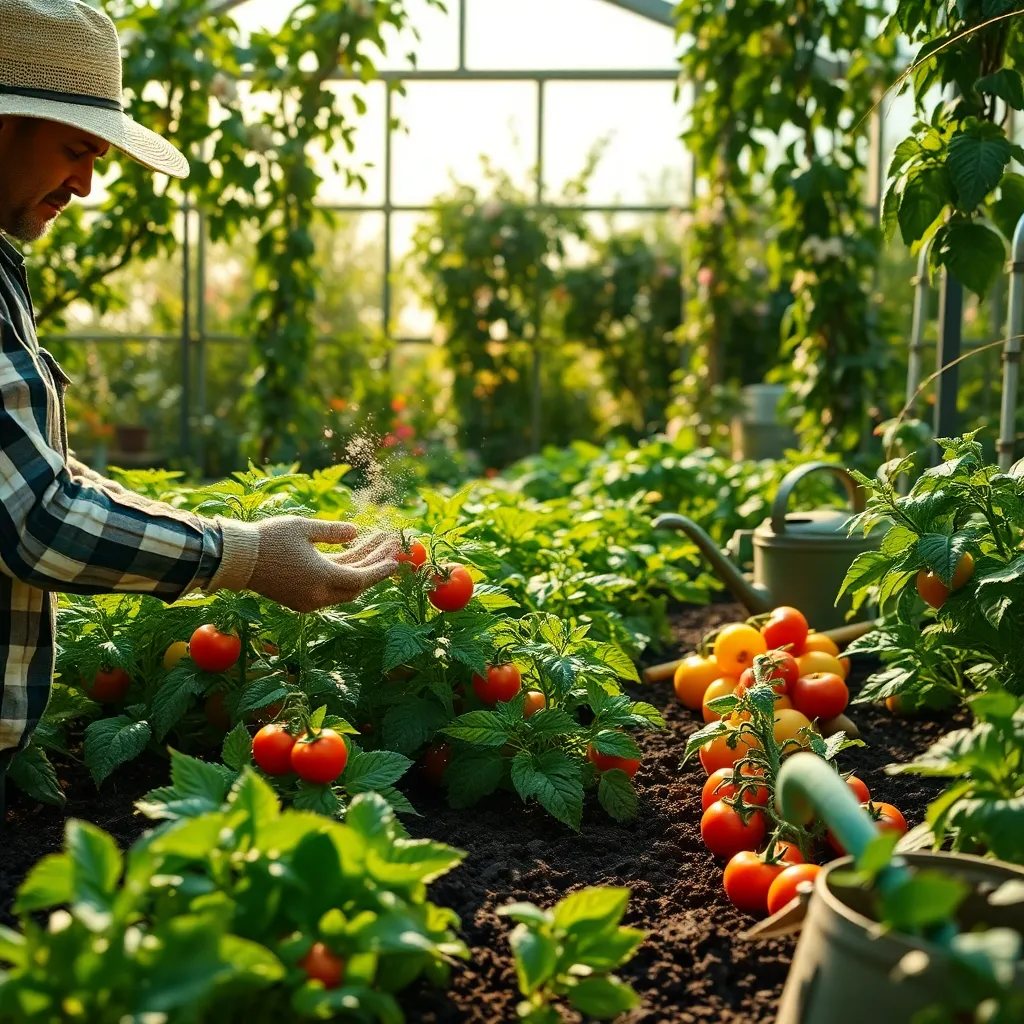
To effectively apply Epsom salt in your garden, begin by understanding the needs of your soil and plants. Conduct a simple soil test to determine magnesium levels, as this will guide the amount of Epsom salt you should use.
For general garden use, dissolve one tablespoon of Epsom salt in a gallon of water and apply it directly to the soil around your plants every four to six weeks. This method is particularly beneficial for tomatoes and peppers, which often require additional magnesium during their growing season.
For more targeted applications, consider using Epsom salt as a foliar spray. Dissolve two tablespoons of Epsom salt in a gallon of water, and spray the mixture onto the leaves of plants during the early morning or late afternoon to avoid sun scorch.
Advanced gardeners might use Epsom salt to address specific deficiencies in roses and other flowering plants. Apply half a cup of Epsom salt around the base of each rose bush in spring and again in the fall to promote lush foliage and vibrant blooms.
Monitoring Plant Health and Growth
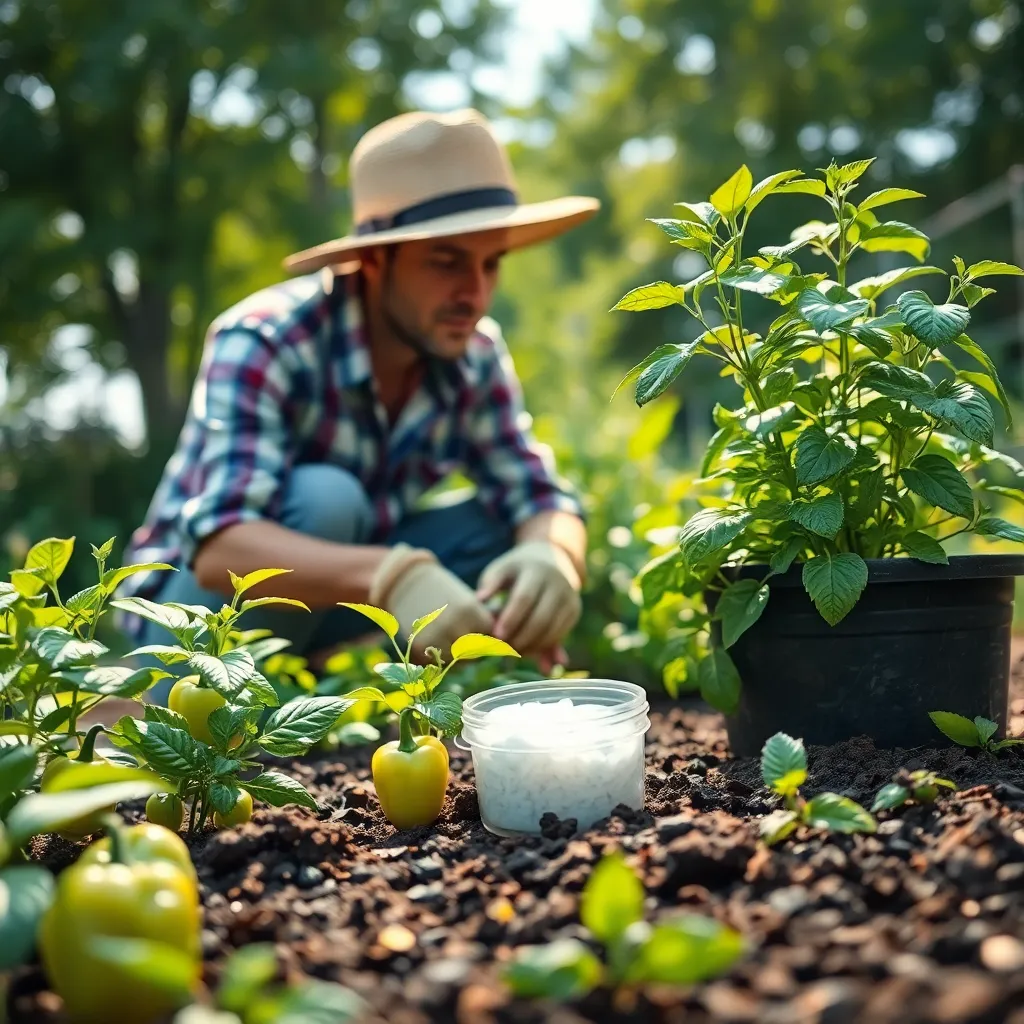
Monitoring plant health and growth is crucial to understanding when and how to use Epsom salt effectively in your garden. By regularly checking your plants, you can identify signs of nutrient deficiencies that Epsom salt can address, such as yellowing leaves or stunted growth.
Begin by observing the color and vitality of your plant leaves. Yellowing leaves may indicate a magnesium deficiency, which Epsom salt can help correct, especially in roses, tomatoes, and peppers.
Track the growth rate of your plants by measuring them regularly. For plants that seem to be growing slowly or are not producing as expected, consider a bi-weekly application of Epsom salt to boost their nutrient intake and encourage growth.
Soil testing can provide insights into the nutrient composition that your garden may lack. Using a simple soil test kit available at garden centers, you can determine if magnesium or sulfur is deficient, both of which are supplied by Epsom salt.
For more advanced gardeners, integrating Epsom salt into your watering routine can be beneficial. Dissolve 1 tablespoon of Epsom salt in a gallon of water and apply it to your plants once a month to maintain optimal magnesium levels.
Regularly monitoring and adjusting your garden care routines based on plant performance ensures vibrant and healthy growth. Taking action promptly based on these observations will help you use Epsom salt where it truly benefits your garden, leading to more robust and fruitful plants.
Conclusion: Growing Success with These Plants
In exploring the relationship between Epsom salt and gardening, we’ve unearthed five key insights that can transform your garden’s health and beauty. First, Epsom salt can enhance seed germination, giving your plants a strong start. Second, it improves nutrient uptake, ensuring your plants receive the nourishment they need. Third, it aids in chlorophyll production, keeping leaves lush and green. Fourth, Epsom salt can deter pests naturally, reducing the need for harsh chemicals. Lastly, it supports fruit and flower production, leading to bountiful harvests and vibrant blooms.
As a next step, consider testing Epsom salt on a small section of your garden to observe its effects firsthand. Notice the changes and adjust your approach accordingly.
I encourage you to save this article for future reference as you cultivate a flourishing garden that mirrors the thriving relationships in your life. Just as a garden requires care and attention, so do our relationships. By applying these insights, you can nurture both your plants and your connections, leading to greater harmony and success. Remember, the seeds of effort you plant today will blossom into the rich, rewarding relationships of tomorrow. 🌱❤️
